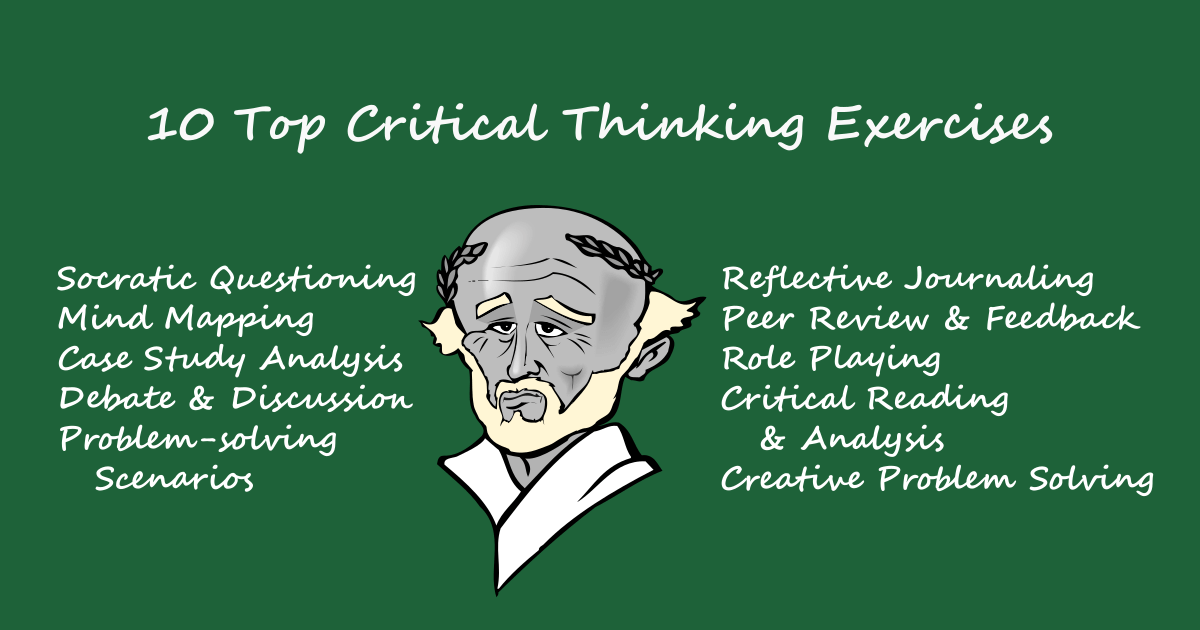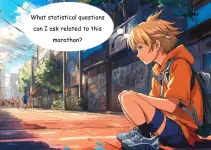
What critical thinking examples can we give to clarify the meaning of critical thinking? This article defines and provides five examples of critical thinking skills in various fields or disciplines.
Table of Contents
Introduction
In teaching students, we usually use the word critical thinking for them to think on a higher level, as described in Bloom’s Taxonomy’s Categories in the Cognitive Domain. We call this the Higher Order Thinking Skills or HOTS.
But how is critical thinking skill shown? What should we look out for among other students that we can consider as demonstrative or indicator that they thought critically?
I clarify this sometimes vague concept that is always mentioned but not specifically applied during the delivery of lessons or courses. As teachers or mentors, this concept must be crystal clear in our minds, so that we can assess such a demonstration of critical thinking that we can incorporate in our rubrics.
Alright. Let’s proceed by defining first what is critical thinking. I will then proceed by giving five critical thinking examples in different disciplines.
Definition of Critical Thinking and Its Importance
Critical thinking is a crucial skill that plays a significant role in education. It involves the ability to analyze, evaluate, and interpret information logically.
Critical thinking is the ability to analyze, evaluate, and interpret information logically.
By encouraging critical thinking, educators aim to develop students’ problem-solving abilities, enhance their decision-making skills, and foster independent and creative thinking.
In today’s rapidly changing world, where information is readily available and constantly evolving, critical thinking has become even more essential. It enables individuals to navigate through the vast amount of information, distinguish between reliable and unreliable sources, and make informed judgments.
Critical thinking helps students develop a deeper understanding of the subjects they study, as they learn to question assumptions, challenge existing knowledge, and explore alternative perspectives.
By incorporating critical thinking into education, students are better equipped to face real-world challenges. They become more adaptable, open-minded, and capable of making well-reasoned decisions.
Critical thinking also promotes effective communication and collaboration, as students learn to articulate their thoughts, listen to others’ viewpoints, and engage in constructive discussions.
In the following sections, we will explore five examples of critical thinking across disciplines, including environmental science, statistics, engineering, science, and humanities. Each example will highlight how we can improve critical thinking skills through specific teaching strategies.
Critical Thinking Examples Across 5 Disciplines
In this section, we will explore five critical thinking examples across different disciplines, including environmental science, statistics, engineering, science, and humanities. Each example will highlight how we can improve critical thinking skills through specific teaching strategies.
1. Environmental Science
One example of critical thinking in environmental science is analyzing the impact of human activities on ecosystems. By teaching students to evaluate the consequences of actions such as deforestation or pollution, they can develop a deeper understanding of the interconnectedness of the environment.
Engaging students in hands-on experiments about pollution, fieldwork, and case studies can enhance their critical thinking skills by encouraging them to question assumptions, consider alternative solutions, and evaluate the long-term effects of human actions.
For instance, in a classroom setting, we can present students with a case study on the effects of deforestation on a specific ecosystem. We can then ask them to analyze the data, identify the underlying causes, and propose sustainable solutions.
By doing so, we encourage students to think critically about the complex relationship between human activities and the environment, considering both short-term and long-term consequences.
2. Statistics
Critical thinking in statistics involves interpreting and analyzing data to make informed decisions. Teaching students to question the validity of data sources, identify biases, and analyze statistical methods can improve their critical thinking skills.
Incorporating real-world examples, interactive data analysis exercises, and group discussions can enhance students’ ability to evaluate the reliability of statistical information and draw accurate conclusions.
For example, we can give students a dataset and ask them to evaluate critically the method or methodology used to collect the data, identify any potential biases, and draw meaningful conclusions.
By engaging in group discussions, students can compare their findings, challenge each other’s assumptions, and develop a deeper understanding of the limitations and strengths of statistical analysis.
3. Engineering
Critical thinking in engineering involves problem-solving and innovation. By presenting students with complex engineering challenges, educators can foster critical thinking skills.
Encouraging students to brainstorm, analyze constraints, and propose creative solutions can enhance their ability to think critically. Incorporating project-based learning, teamwork, and hands-on experiments can further develop their critical thinking skills in the engineering field.
For instance, we can task students with designing and building a prototype to solve a specific engineering problem. Throughout the process, they are required to think critically about the constraints, consider alternative approaches, and evaluate the feasibility of their solutions.
By working collaboratively in teams, students can also learn from each other’s perspectives and develop a more comprehensive understanding of the problem at hand.
4. Science
Critical thinking in science involves questioning existing theories, designing experiments, and analyzing results. By teaching students to challenge assumptions, evaluate evidence, and draw logical conclusions, educators can enhance their critical thinking skills.
Engaging students in scientific inquiry, encouraging them to develop hypotheses, and providing opportunities for peer review and scientific debate can further improve their ability to think critically.
For example, we can give students a scientific research paper and have them critically evaluate the method or methodology, analyze the results, and draw conclusions based on the evidence presented.
By engaging in peer review and scientific debate, students can refine their critical thinking skills by challenging each other’s interpretations, identifying potential flaws in the research, and proposing alternative explanations.
5. Humanities
Critical thinking in humanities involves analyzing and interpreting texts, artworks, and historical events. By teaching students to question biases, analyze multiple perspectives, and evaluate evidence, educators can enhance their critical thinking skills. Incorporating class discussions, debates, and critical analysis of primary and secondary sources can further develop students’ ability to think critically in the humanities.
For instance, we can assign students a historical event and request them to analyze primary and secondary sources critically, in order to gain a deeper understanding of the event from multiple perspectives.
By engaging in class discussions and debates, students can develop their critical thinking skills by challenging prevailing narratives, questioning biases, and evaluating the reliability of different sources.
By exploring these five examples, we can see that specific teaching strategies in various disciplines can improve critical thinking skills. These examples show the importance of incorporating critical thinking into education to equip students with the skills necessary to navigate complex challenges and make informed decisions.
Conclusions and Recommendations
Based on the discussion in the previous section, critical thinking skills are essential across various disciplines. To effectively develop these skills, educators should employ specific teaching strategies that encourage students to think critically.
In conclusion, to develop critical thinking skills, educators should employ teaching strategies as shown in the five critical thinking examples, such as hands-on experiments, real-world examples, project-based learning, and critical analysis. By incorporating these strategies, students can deal with complex challenges, make informed decisions, and become critical thinkers in their respective fields.




